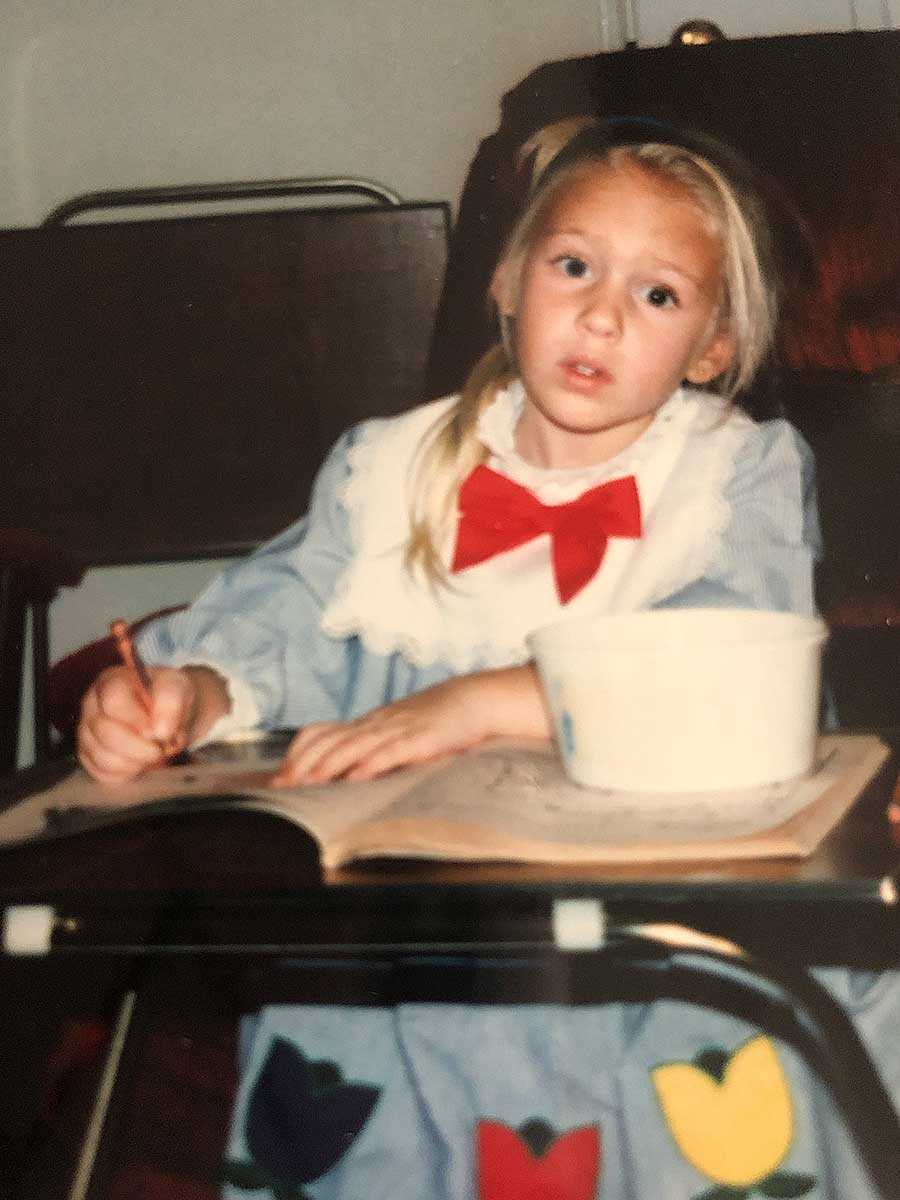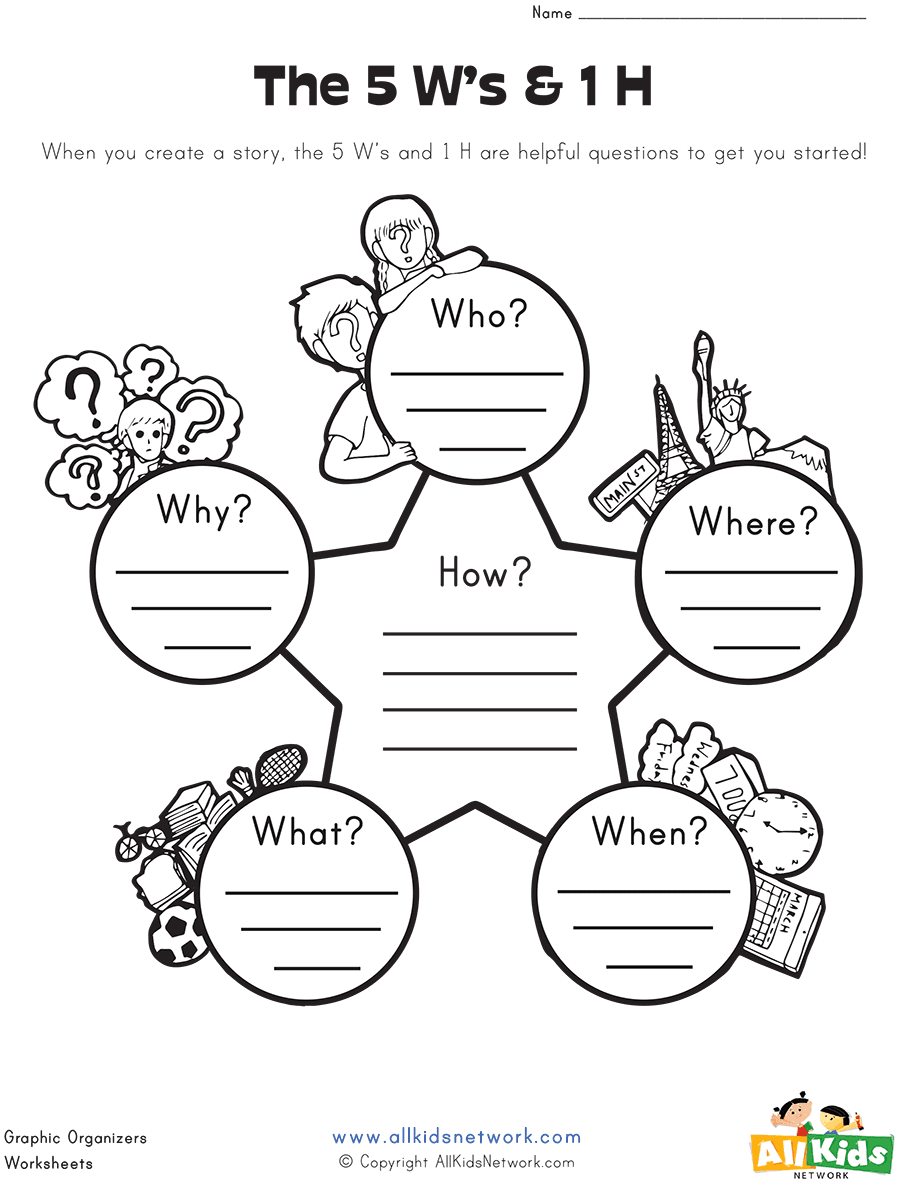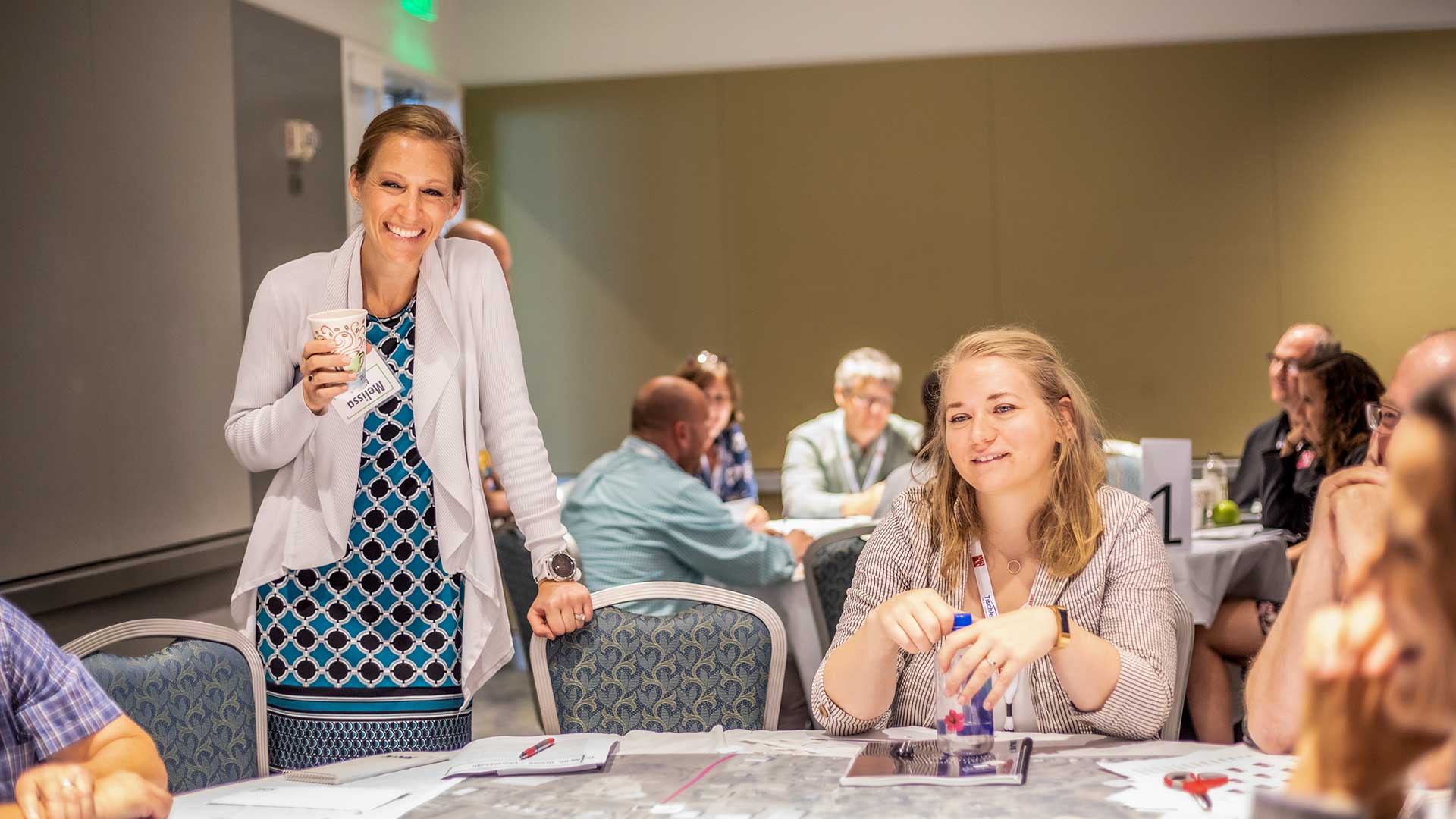Show Notes
Some things just stick with you. An old saying from your grandmother –“A watched pot never boils.” A childhood saying you heard on the playground – “Step on a crack, you’ll break your mother’s back.” Quotes by famous people – “Lost time is never found again” (Ben Franklin). So why do these phrases stick around?
MIT Technology Review conducted a study in 2012 that –to make a long article short– found a commonality in these “sticky phrases.” Catchphrases seem to express general ideas in a simple way using unusual combinations of words. Interesting enough. So, in all my years of impatiently anticipating news or refreshing a website waiting for test results to pop up, jumping across scoring patterns on sidewalks, and weaving through spaces searching for the elusive lost time – what stuck for me?
And P.S….stick with me on this one, I know this is an engineering blog.

From Crayola to Chartpak. Who knew I could make a living coloring?
To answer that question, I travel back to second grade (it’s a little shocking I can get back that far). But there I am, sitting in a classroom impatiently awaiting a letter from my pen pal scientist who is trekking across Antarctica. There is a map on the classroom wall where we plot the latitude and longitude from every letter – clearly this is before the wonders of the internet and email when correspondence was actually hand-written and required postage. To my twenty-ish partners tracking this Antarctic expedition, this was one of the highlights of our second-grade career — great fodder for dinner table talk with our families and something to brag about at birthday parties at the Ground Round while ignoring that creepy clown making us dachshund balloon hats.
To my twenty-ish partners tracking this Antarctic expedition, this was one of the highlights of our second-grade career.
So, after all the push pins and strings were tacked across our map, after all the encyclopedia articles about ice formation, penguins, and leopard seals were photocopied, Mrs. Manger hands out a xeroxed sheet of paper. Oh no. The dreaded assignment. The. Fun. Is. Over. We all sigh and some of us put our heads on the cold faux wood of our desktops etched with our elementary school crush’s initials. There they sat. These six simple words. Blue and a bit blurry, but there they were: WHO. WHAT. WHEN. WHERE. WHY. HOW.

“The 5 W’s & 1 H” Graphic Organizer
I didn’t know it then, I didn’t know it in grade school or even in high school. I didn’t know it early in my graphic design career when making posters for the launch of a new real estate development. But it stuck. Those five W’s and one H. For all I knew in grade two, my teacher, who cloaked a writing lesson in the adventure and exhilaration of traveling across the most remote continent on Earth, came up with this combination of simple words. I had, and have, no idea if she learned these words in a marketing class in college as she toiled to outline a launch strategy for an imaginary widget factory. There is no way to know if she tackled understanding how Aristotle or Hermagoras of Temnos originated this simple set of questions. What I do know, is this is the first time someone posited the organization of storytelling….and now, I use it EVERYDAY.
It’s shocking, actually, to think of how many times I return to these simple words. So how, you ask, do I use this everyday?

At an American Planning Association Workshop in Virginia
As a landscape architect I wear many hats. Aside from the inevitable assumption that I can fix all of your backyard planting challenges and design a patio and outdoor fire pit (which I swear one day I’ll take a crack at) there’s a lot of task variety and problem solving involved. Yes, there are the planting plans and the “shrubbing up,” but there are also site design challenges, communicating with clients, engaging and educating the public, researching, writing…the list goes on and on. When I reach for the vocabulary that will encompass all that I do or try to formulate my elevator pitch that dissolves a stranger’s mental image of me spreading mulch (not that there is anything wrong with that – I love spreading mulch!) I would say at the core of what I do, the word that describes me the most, is … storyteller.
They are the six simple words I see in blurred blue ink in my mind as I pick up a sign pen or chartpak marker.
I tell the story of a people, their culture, and the history of place through design. I tell the story of how we can encourage people to walk and bicycle more through presentations on greenway development at conferences. I tell the story of how we can build a great place while sticking to a client’s budget in milestone meetings. I tell the story of how RK&K can help our clients creatively solve challenges with our experience and innovation in interviews. I tell the story of a planning process, potential funding mechanisms, and implementable action steps in planning documents. And every time…I return to those six words as I begin. WHO. WHAT. WHEN. WHERE. WHY. HOW. They shape my writing. They shape my approach to design. They are the six simple words I see in blurred blue ink in my mind as I pick up a sign pen or chartpak marker.
So, I ask you…What shapes your daily tasks? What’s your “sticky adage?”
This is the first installment of a new series on Human-Centric Design. In her next blog, Melissa will chat about the WHO and how important people are in design. How does human behavior change the way we design spaces? And further, how can the people within a community make or break a project? Their approach is citizen driven. The results are realistic and multifaceted. Stay tuned for more stories of human-centric design.
